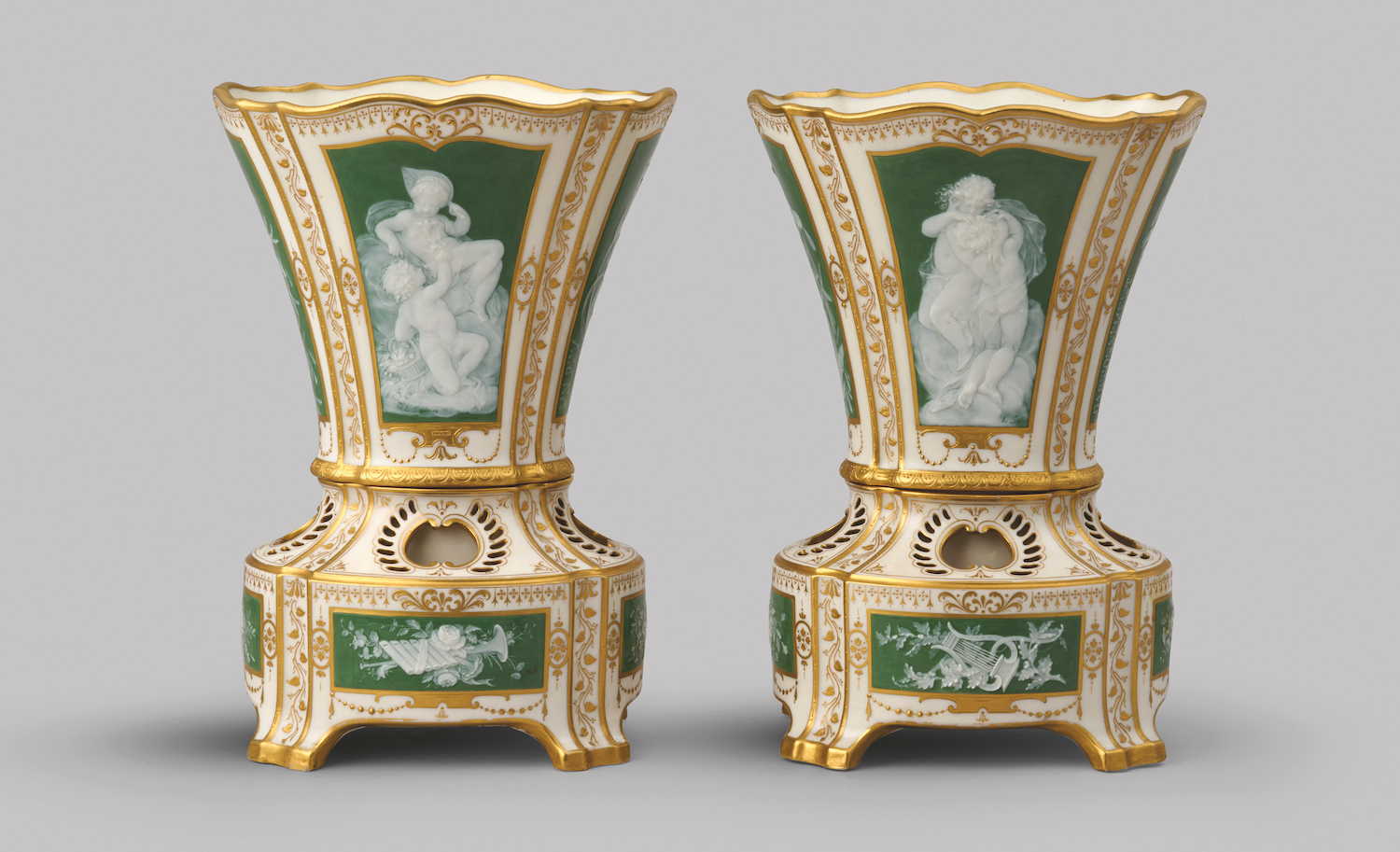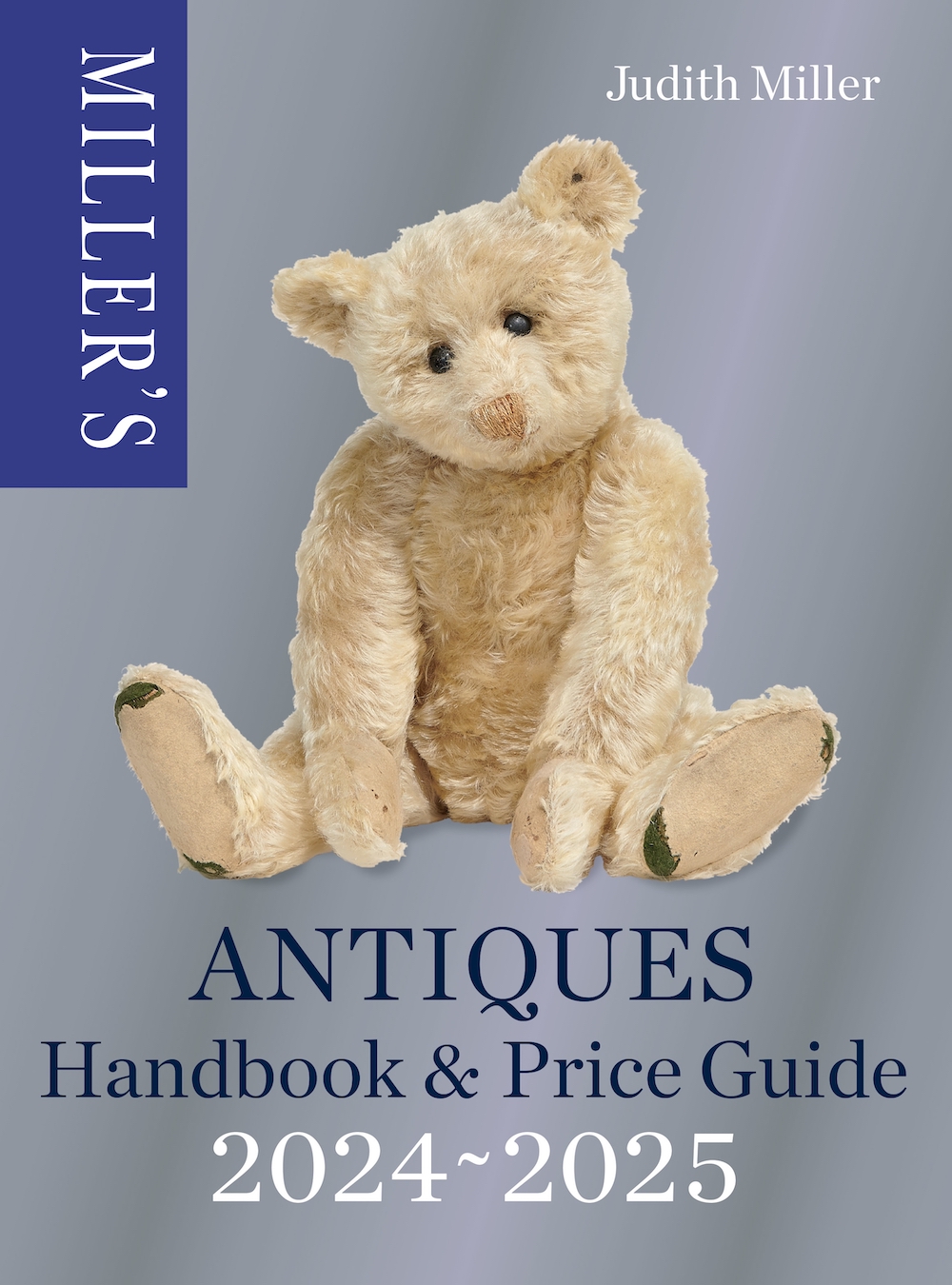Antique porcelain market – an expert view
It has taken some time, but the ‘eccentric’ prices witnessed during and immediately after the global pandemic appear to have subsided, and the porcelain market is now looking much more like it was pre-pandemic. Namely, serious collectors continue to dominate the top of the market in all areas, competing for the rarest items of the highest quality, while what was once classed as the ‘middle market’ has been dropping steadily.
For example, English blue and white porcelains, once such a stalwart of auction houses, have become increasingly unfashionable, and common patterns now tend to be grouped together at auction. There are, however, exceptions, notably the rarest patterns and shapes – especially pre-1755 – and documentary and dated examples, with condition becoming less of an issue where uniqueness is concerned.

Also, factories with a smaller output – for example, Vauxhall and some of the Liverpool concerns – have proved more popular and maintained a steady market.
Generally, 18thC figures have been struggling to achieve the prices they sold for ten, or even five, years ago. But bucking the porcelain market precedent of tending to favour smaller things, large Derby and Bow figures have been in demand, especially among American buyers. Figures by the less common factories have held their own, and animal and bird subjects also continue to attract collectors across the board.
As to Regency porcelain, buyers tend to demand perfection and lean towards the highly decorative. The Flight and Barr partnerships at Worcester, for example, continue to attract strong interest, especially where shell-or feather-decorated pieces are involved. In contrast, the more subdued tea wares produced at New Hall and many smaller Staffordshire makers are currently often overlooked.

Experiencing an arguably surprising resurgence are Royal Worcester wares, some of which are selling for prices substantially exceeding those of five years ago. Fruit- painted wares are commanding high prices, supported by an eager market in the Far East but still hotly contested in the UK.
Larger, more ornamental, pieces are especially desirable, but tea wares also find buyers. Pieces by earlier artists including Charles Baldwyn, Harry Davis and the Stintons have also been increasing in popularity.
The market for Continental porcelain in the UK has yet to regain its footing as post-Brexit logistics complicate shipping for items easily found elsewhere in Europe; but buyers will still throw their hats into the ring for ‘statement’ and rare pieces. Sèvres continues to prove popular, especially the coloured grounds of the 18thC, but prices have marginally dampened compared to two or three years ago.
Prices for Meissen have improved on those from recent years, but are still some distance from the headier prices of a decade ago – especially the fine figures of J.J. Kändler. Indeed, price-wise many late 19thC Meissen figures have been dominating those produced 150 years earlier, and Continental buyers now appear to be more focused on ‘statement’ and decorative pieces.
By way of conclusion, I’d say that with long-term collectors in most areas focused on the top end of the market, there are now plenty of affordable opportunities for new collectors to establish themselves.
Clare Durham, Associate Director & Head of British and Continental Ceramics, Woolley & Wallis
 This article is an extract from Miller’s Antiques Handbook & Price Guide 2024-2025 is published by Mitchell Beazley, an imprint of Octopus, at £45 – out now.
This article is an extract from Miller’s Antiques Handbook & Price Guide 2024-2025 is published by Mitchell Beazley, an imprint of Octopus, at £45 – out now.
Images featured with permission of the publisher.


